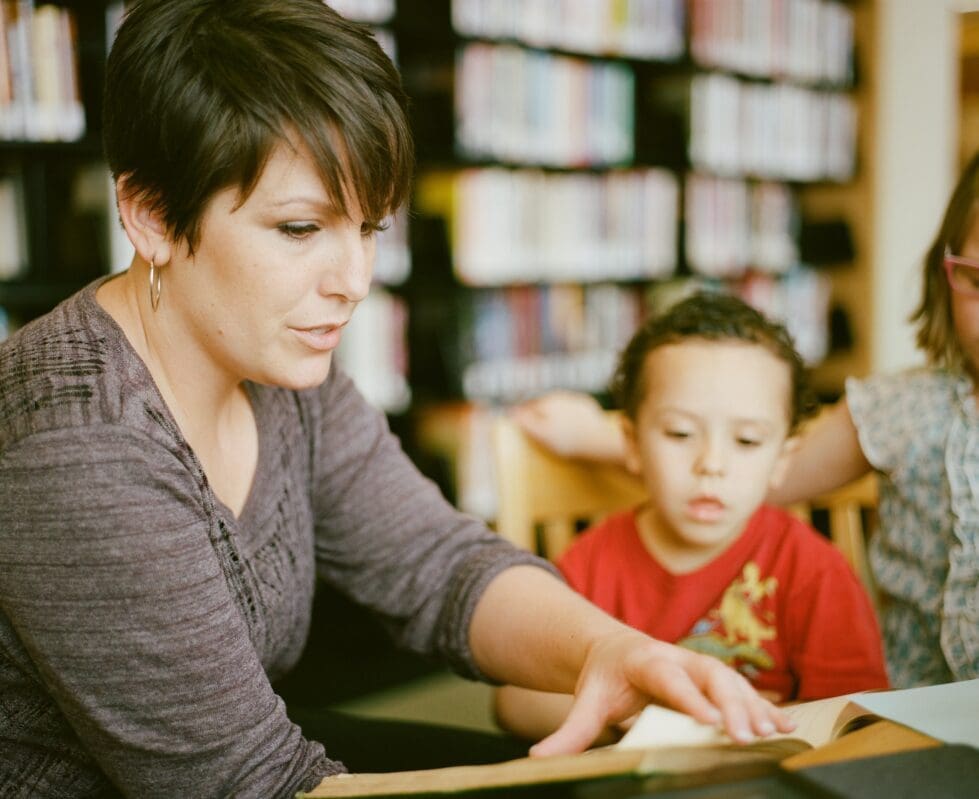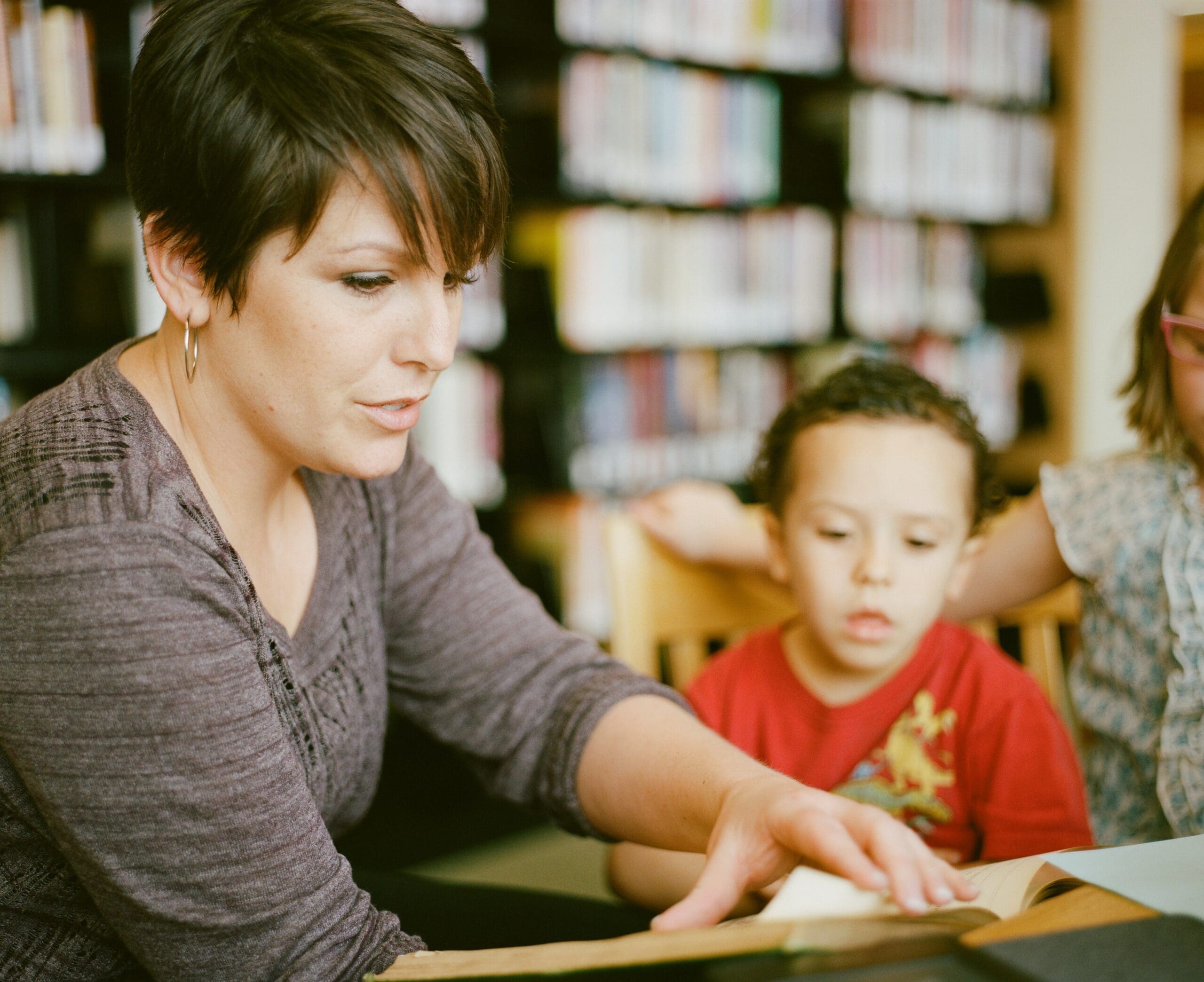Two months ago, fifth-grader Jeraniah Jackson joined the 150 students in Cape Henlopen School District’s mentoring program.
She had been disrespectful of teachers and generally not nice to people around her when someone suggested she consider the program.
“It’s definitely helped,” said Jackson, who attends H.O. Brittingham Elementary in Milton. “I talk to my mentor about things that happen in my life in and outside of class and we discuss how important it is to show kindness to others.”
Her case illustrates why state legislators supported a resolution to create a 17-person task force to focus on mentoring and improving literacy rates for Delaware’s youth. It’s awaiting Gov. John Carney’s signature.
RELATED: Bill to foster mentoring in schools draws bipartisan support
Unlike an academic advisor or a tutor, mentors largely focus on the social and emotional wellbeing of a student, partly to foster the students’ academic achievement.
Issues can include the things affecting attendance, staying focused on work, finishing assignments and more.
Mentors in the programs are all unpaid volunteers and often people who have worked with children in the community in one form or another.
Many mentors are members of the community served by a school, but have no direct connection with it.
The widespread use of mentors in charter and private schools is one of the things that prompted Rep. Kim Williams, D-Marshallton, and Sen. Laura Sturgeon, D-Hockessin, to propose House Joint Resolution 1.
Sturgeon said he idea for the resolution partly came from Matt Denn, former state attorney general and lieutenant governor and now co-chair of the Redding Consortium, which is devoted to improving education and learning achievement in Wilmington.
Mentoring is a passion project for him, she said.
“One of my top missions as a legislator is to equip our schools with the tools they need to improve student success,” Sturgeon said. “This initiative directly bolsters our ongoing literacy efforts, because it will integrate evidence-based literacy practices into the training for these mentors.”
Denn said he proposed the resolution on behalf of Action for Delaware’s Children, a group which he helped form.
“Teachers who serve on the board of Action for Delaware’s Children told our board that teachers needed help, and that an expansion of school mentoring would be a great way to allow Delawareans who care about kids to step in and help educate our kids,” Denn said. “Our board has made the expansion and improvement of school mentoring a priority, and we are grateful that the General Assembly and Governor are addressing it so quickly.”
RELATED: Redding Consortium: Need to add middle, high school services
Many state schools have some sort of student mentoring program, said Alison May, public information officer at the Department of Education.
A large number of them focus only on elementary students, with some having mentors who follow students into middle and even high school.
The mentor and student, for example, may work on a child’s calling out in class or keeping his or her hands to themselves. Learning to control that behavior can keep children more focused on class material and help them avoid being sent out of class.
Or the mentor may work with a student on setting goals, working through anxieties or reflecting on his or her mood.
Wilmington’s EastSide Charter School started mentoring its students more than 20 years ago.
“If the kids want academic help, and the mentors can support that, we want them to have that ability as well,” said Nicholas Medaglio, EastSide Charter School’s director of marketing and development. “But this is not intended to be a tutoring program.”
Eastside’s program is supported by Barclays US Consumer Bank, which funds the school’s full-time mentoring coordinator and the program’s winter and spring celebratory events.
The mentor coordinator is partially responsible for assigning mentors to students, creating journal prompts and helping with student behavior report cards.
This year, 60 students are in EastSide’s program, with 25 on the waitlist.
“More important to the program is social emotional wellbeing, and kids are responding in classrooms, not necessarily grades,” Medaglio said. “Kids can struggle for numerous reasons and it doesn’t mean they’re good or bad students, so we want to track if they’re improving behaviorally and emotionally.”
Districts and charters may partner with outside groups such as Connecting Generations, founded to support mentoring programs, and the Boys & Girls Club of America who vet prospective mentors and help them complete background checks before the volunteers work with children.
What mentoring looks like
Once a week during the students’ lunch or recess, a mentor will meet with a student anywhere from 30 to 45 minutes, Medaglio said.
The mentor will typically have some activities or prompts to help encourage conversation.
“A mentor connects more deeply emotionally than an advisor,” Medaglio said. “There are definitely overlaps in support in school work and professionally but it goes beyond what an advisor would do.”
The students often fill out journal entries to get the conversation going and hone in on certain aspects of their behavior.
Here are some examples of prompts students would answer and then unpack with their mentor:
- Did you do anything brave or kind today?
- What are you looking forward to most about getting older?
- How do you think your generation will change the world for the better?
- Is there anything that scares or worries you about the future?
At Cape Henlopen School District, mentors are sometimes paired with a student that fits their preferences or interests.
“When we screen our mentors we ask them what type of involvement they’re looking for with a child,” said LouAnn Hudson, the district’s director of teaching and learning.
Mentors who want to be heavily involved and are interested in a large time commitment might get paired with a student with more needs, or a mentor might prefer an older student to connect with.
At Cape Henlopen, mentors must meet with a student for at least 30 minutes, once a week.
“Many of our mentors will often spend longer than 30 minutes with the students,” Hudson said. “Even if they’re not mentoring with the student on that day, once they have that connection to the building, they often volunteer in classrooms as additional support for students.”.
While the mentor is not focused on academics, they are often part of the discussions in the context of how the students’ behavior is affecting their work.
“Sometimes they read with a student for a little while, but a lot of it is just a social emotional connection,” Hudson said. “Asking the student how they’re doing, taking walks outside, shooting some hoops, and just doing activities where the mentor can connect and ask the student if they’re doing homework, if they met their goals, and really just extra adult support.”
Mentoring also isn’t supposed to be a therapy session, she pointed out.
Jeraniah Jackson said she’s been able to build a close relationship with her mentor and feels comfortable enough to open up to the mentor emotionally.
Jackson now says other young students who might be struggling behaviorally should try to find a mentor they can connect with, especially if they have been burdened with sadness.
At Indian River School District, mentors can be matched with students based on their interests and passions.
One mentor, for example, specifically wanted to work with troubled males.
Another wanted to work with students struggling with confidence and growth.
“His job is to work on affirmations with one of the students that just needed positive emotional enforcement,” said Stefanie McElhinny, counselor at Lord Baltimore Elementary School.
Affirmations are usually phrases or sentences that are repeated in one’s head to reinforce self-esteem and positive thinking to help garner confidence and stability.
Mentoring often helps kids who aren’t getting a lot of recognition or positive attention at home, she said.
Pandemic aftermath
Matt Denn said the state task force will be charged with developing a plan about how to implement more mentors by June 1. The task force’s goal will be to have a program in place and funded for the 2023-2024 school year.
Money wasn’t addressed in the resolution, which said no fiscal note was required.
Task force meetings will be open to the public, he said.
It will help bolster programs that suffered during the pandemic lockdown when meetings went virtual.
Some kids dropped out. Some mentors did, too.
“It was difficult to get kids on and to get mentors on and it really just messed everything up,” Medaglio said. “Even when we were doing the hybrid where some could still be virtual, it just wasn’t as impactful.”
He said some mentors are finally starting to become more comfortable with in-person meetings and he hopes the 25 kids on Eastside’s waitlist will soon be matched with an adult.
Cape Henlopen started its mentoring program in 2019, months before the lockdown.
“We really just lost the program altogether, because we didn’t have outsiders in our building for all of 2020,” Hudson said.
Since students and staff returned to the classroom, the district has been able to serve 150 students across nine schools with 165 mentors.
This year, however, many of the programs are re-establishing and the numbers of students and mentors are beginning to increase, said Tanny Dickerson, director of creative mentoring at Connecting Generations.
She pointed to Indian River School District, which now has 178 mentors with 122 students utilizing their services.
The mentors
At EastSide, many mentors are Barclays employees, Medaglio said.
Among them are lawyers, teachers, construction workers and more.
“Most of the ones that come to my school are retired teachers who retire in the Ocean View area,” said McElhinny of Lord Baltimore Elementary School. “I’ve recruited Starbucks baristas. We have police officers, social workers and people from church groups.”
EastSide, which serves disadvantaged students in their own neighborhood, really wants to foster connections between the students and successful working professionals.
Those mentors can open student eyes to things they may not know about but will help them discover their potential and recognize future opportunities, Medaglio said.
“We’ve had a number of students who’ve gone through the program who still have contacts with mentors,” Medaglio said. “Those mentors end up working with them or writing them professional recommendations.”
Long-term relationships are lovely, he said.
“But the most important thing to me is exposing students to future possibilities and a healthy life.”


Raised in Doylestown, Pennsylvania, Jarek earned a B.A. in journalism and a B.A. in political science from Temple University in 2021. After running CNN’s Michael Smerconish’s YouTube channel, Jarek became a reporter for the Bucks County Herald before joining Delaware LIVE News.
Jarek can be reached by email at [email protected] or by phone at (215) 450-9982. Follow him on Twitter @jarekrutz
Share this Post




